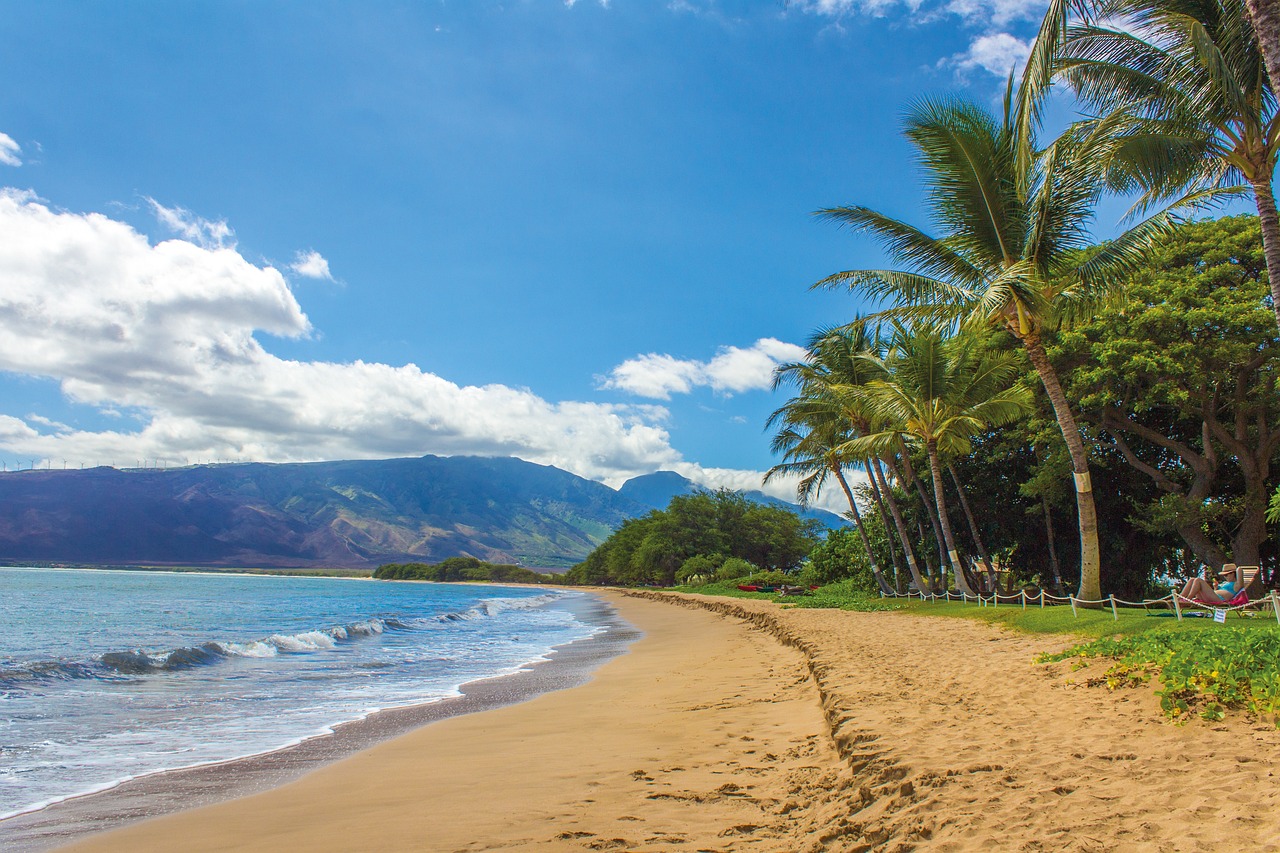Hawaii, with its unparalleled natural beauty, vibrant culture, and warm aloha spirit, is a destination that captures the hearts of travelers from around the world. However, as the islands face the challenges of over tourism and environmental pressures, responsible travel has never been more critical. Here are essential tips for travelers looking to embrace sustainable tourism practices while enjoying the wonders of Hawaii.
1. Respect Wildlife and Natural Habitats
Hawaii is home to unique ecosystems and endangered species not found anywhere else on the planet. When exploring Hawaii’s natural beauty, maintain a respectful distance from wildlife, stick to marked trails to avoid disturbing native flora, and never remove rocks or coral from their natural environments.
2. Support Local Businesses and Communities
One of the most impactful ways to travel responsibly is by supporting local economies. Choose locally owned and operated restaurants, shops, and tour companies. This not only provides a more authentic experience but also helps ensure that your money benefits the local community directly.
3. Reduce Your Environmental Footprint
Be mindful of your environmental impact, opt for accommodations that have sustainable practices in place, such as water conservation measures and solar power. Reduce plastic use by bringing a reusable water bottle, shopping bags, and utensils. Participate in beach clean-ups if you come across organized events during your stay.
4. Participate in Cultural Learning
Hawaii’s rich cultural heritage is a crucial part of its identity. Engage in experiences that offer a deeper understanding of Hawaiian history, language, and traditions. Attend cultural workshops, visit historical sites, and learn about the significance of the places you visit to gain appreciation and respect for Hawaii’s culture.
5. Use Transportation Wisely
Reduce your carbon footprint by opting for public transportation, biking, or walking when possible. If renting a car is necessary, consider a hybrid or electric vehicle. Carpooling with fellow travelers to popular destinations can also minimize environmental impact.
6. Follow the Principles of Leave No Trace
Adhering to the Leave No Trace principles is vital in preserving Hawaii’s natural landscapes. This means packing out all your trash, being careful with fire, and leaving what you find. Your actions can help ensure that Hawaii’s beauty remains intact for future visitors.
7. Contribute to Conservation Efforts
Consider making a donation to local conservation organizations or participate in volunteer opportunities during your visit. Many non-profits in Hawaii work tirelessly to protect the environment and cultural sites and appreciate any support they can get from visitors.
8. Manage Your Water Usage
Water is a precious resource in Hawaii. Be conscious of your water usage by taking shorter showers, reusing towels, and turning off the tap when brushing your teeth. Small actions can make a significant difference in conserving water.
9. Educate Others on Responsible Travel
Share your knowledge and experiences of responsible travel with fellow travelers. Encouraging others to adopt sustainable practices can amplify the positive impact on Hawaii and its communities.
10. Embrace the Aloha Spirit
Finally, embody the aloha spirit by showing kindness, respect, and compassion to both the people you meet and the environment you’re in. The aloha spirit is at the heart of Hawaiian culture and is a guiding principle for living in harmony with others and the land.
Conclusion
Traveling responsibly to Hawaii means more than just enjoying its beauty; it’s about contributing positively to the preservation of its natural environment and cultural heritage. By embracing these tips for sustainable tourism, visitors can ensure that Hawaii remains a paradise not only for us but for generations to come. Let’s all do our part to malama (care for) Hawaii and its future.
